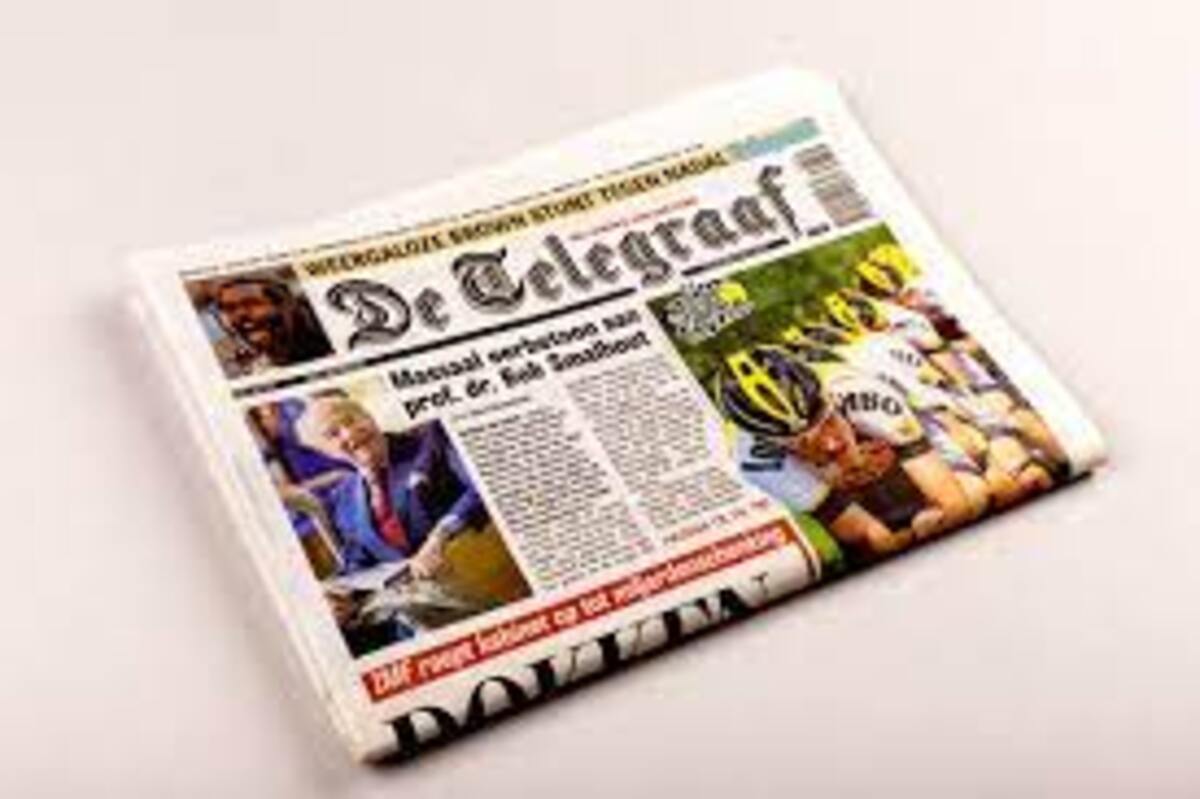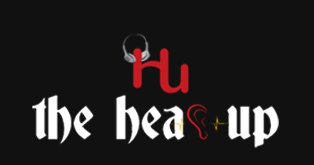POLITICS
Exploring the Dutch Media Landscape: Unraveling the Impact of De Telegraaf

In the vibrant Dutch media landscape, one publication stands out for its long-standing history and influential presence: De Telegraaf. With a legacy that spans over a century, this daily newspaper has played a significant role in shaping public opinion, covering news, and reflecting the societal changes that the Netherlands has undergone. This article delves into the history, impact, and controversies surrounding De Telegraaf, shedding light on its role in Dutch journalism.
A Brief History
De Telegraaf, founded in 1893, has evolved from a regional newspaper in Amsterdam to a nationally recognized publication that boasts one of the highest circulation rates in the Netherlands. Its name, “Telegraaf,” reflects its origins as a paper designed to be telegraphed to other cities. Over the years, it has transformed from a broadsheet to a tabloid format, adapting to changing reader preferences.
The Impact on Dutch Society
De Telegraaf’s influence on Dutch society cannot be overstated. As one of the most widely read newspapers in the country, it has played a pivotal role in informing the public about national and international events. Its coverage spans a wide range of topics, from politics and economics to entertainment and sports, catering to a diverse readership.
The newspaper’s editorial stance has often been described as center-right, and its reporting style tends to be direct and concise, making it accessible to a broad audience. This accessibility, combined with its widespread distribution, has contributed to its status as a significant opinion-shaping force in Dutch society.
Controversies and Criticisms
Despite its influence, De Telegraaf has not been without its fair share of controversies. Its sensationalist approach to news reporting, at times, has drawn criticism for prioritizing eye-catching headlines over nuanced analysis. This approach has occasionally led to allegations of sensationalism and biased reporting.
Moreover, De Telegraaf has been involved in clashes with public figures and other media outlets. Some critics have accused the newspaper of pushing its own agenda or engaging in tabloid-style journalism. These controversies have fueled debates about journalistic integrity and the role of media in a democratic society.
Evolution in the Digital Age
Like many traditional media outlets, De Telegraaf has had to adapt to the digital age. The rise of online news platforms and social media has prompted the newspaper to expand its digital presence. It maintains an active website and engages with readers through social media channels, ensuring that its content remains accessible to a tech-savvy audience.
This transition to digital media has presented both challenges and opportunities. On one hand, it has allowed De Telegraaf to reach a broader and more diverse audience. On the other hand, it has intensified competition and raised questions about the future sustainability of traditional print media.
The Role in Shaping Public Opinion
De Telegraaf’s role in shaping public opinion extends beyond its news coverage. The newspaper has often taken strong editorial positions on political and social issues, leading to its reputation as an opinionated publication. Its editorials and commentary pieces have sparked discussions, debates, and sometimes even public outcry. This demonstrates the newspaper’s ability to not only report on events but also influence the way people think about them.
Throughout its history, De Telegraaf has championed various causes and taken stances on matters of national importance. These editorials have contributed to public discourse and have sometimes aligned with the sentiments of a significant portion of the Dutch population. This alignment has solidified its status as a voice for those who share its perspectives, while also drawing criticism from those who disagree.
Balancing Tradition and Modernity
De Telegraaf’s ability to maintain its readership base while adapting to the digital era highlights its commitment to balancing tradition and modernity. The transition from print to digital has allowed the newspaper to engage with younger audiences and explore innovative storytelling formats, such as multimedia articles and interactive graphics. By embracing technological advancements, De Telegraaf has managed to remain relevant in an age dominated by online media consumption.
However, this adaptation hasn’t been without challenges. Like many traditional newspapers, De Telegraaf has faced questions about maintaining the quality of journalism in the face of the instant-gratification nature of online news. Striking a balance between providing timely updates and in-depth analysis remains an ongoing endeavor for the publication.
The Future of De Telegraaf
As the media landscape continues to evolve, De Telegraaf’s future trajectory will be shaped by a multitude of factors. The newspaper’s ability to adapt to changing reader preferences, technological advancements, and societal shifts will be critical in determining its longevity and relevance. Finding innovative ways to engage with readers, uphold journalistic ethics, and navigate the complexities of the digital age will likely define the newspaper’s continued impact.
De Telegraaf’s legacy as a significant player in Dutch journalism is undeniable. Its ability to capture the pulse of the nation, provide a platform for various viewpoints, and adapt to the ever-changing media landscape has solidified its position in the hearts and minds of readers. Whether in print or digital form, De Telegraaf remains a prominent and influential voice that continues to shape the narrative of Dutch society.
Conclusion
De Telegraaf’s journey from its telegraphed origins to its present-day multimedia presence is a testament to its resilience, adaptability, and enduring impact on Dutch media and society. As it navigates the challenges of the digital age and maintains its position as a leading news source, its role in shaping public opinion and facilitating important conversations remains vital. In a world of rapidly changing media dynamics, De Telegraaf stands as a historical icon and a contemporary force in Dutch journalism.
De Telegraaf’s journey from a regional telegraphed newspaper to a multimedia publication with a nationwide impact is a testament to its adaptability and resilience. While it has faced criticisms and controversies, its enduring popularity and historical significance cannot be denied. As the Dutch media landscape continues to evolve, De Telegraaf’s role as a prominent news source and opinion influencer remains a vital aspect of the country’s journalistic narrative.

The Hear UP is a leading technology publication house. Our origin dates back to 2016 as a small forum for technology enthusiasts. Since then, The Hear UP has transformed into a trusted source for emerging tech and science news.
The majority of our news is provided by staff writers. Other news is provided by news agencies and freelancers.
All of our contributors are members of the Society of Professional Journalists.
If you need to contact a news editor from The Hear UP you can find a list of email addresses on our contact page.
Our Organisation
The Hear UP










